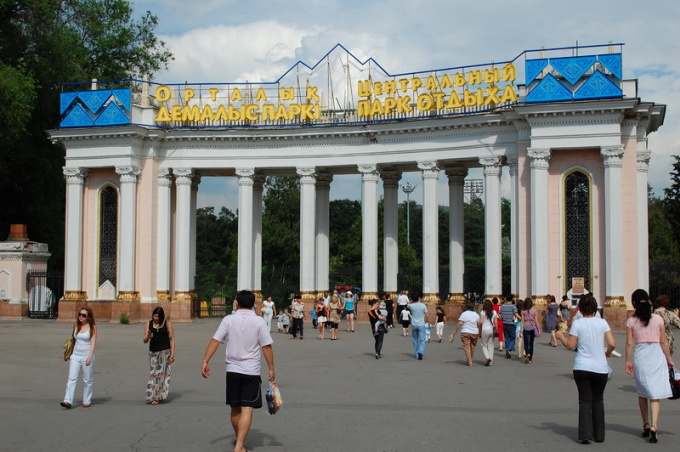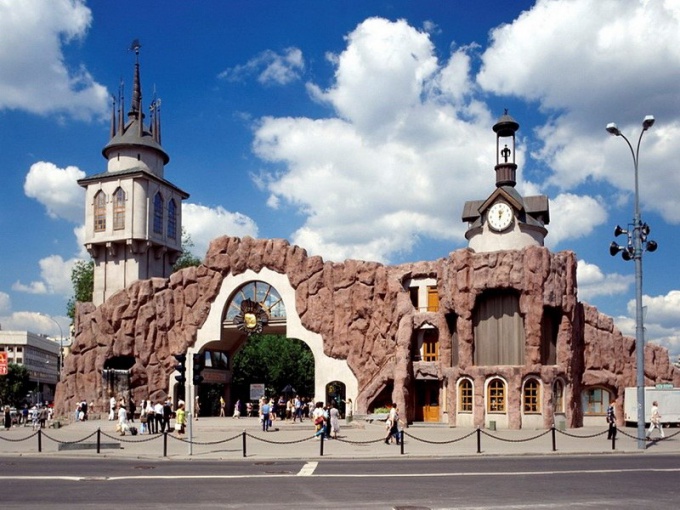Moscow Zoo: history and features
Moscow Zoo: history and features
Moscow Zoo is the oldest and largestZoo of Russia, founded more than 150 years ago. Located in the center of Moscow, close to all major attractions of the city and is a large entertainment center for children and adults.

The history of the zoo
The history of the Moscow Zoo begins with 1864year, in which the Russian Imperial Society for the Acclimatization of Animals and Plants announced the creation of a zoological garden in the open air. The idea itself belonged to the famous scientist Carl Roullier, and the incarnation was practiced by his disciples. The first director, who organized the transportation of unique species of animals and plants, as well as who chose the place and started the construction of the enclosures, was the zoologist A.P. Bogdanov. The members of the Moscow Academy of Sciences were involved in the financing of the new zoological garden, the construction was also supported by the royal family and its environment: the Yusupovs, Sumarokovs, Ferreins families. The oldest buildings of the Moscow Zoo, which are still intact, were built in the early 90s of the 19th century. The most well-preserved structure is the "Antelope" that still exists. But, unfortunately, the location of the zoo at the then outskirts of Moscow (now, by the way, these areas are considered central), was the reason for the destruction of the zoo's structures in both revolutions (in 1905 the main entrance to the zoo and the nearest aviaries, in 1917, was destroyed by an artillery shell there were also several major disruptions). As a result of social changes, in 1917 the financing of the zoo virtually ceased. Members of the Imperial Society were either killed or emigrated to Europe, and the new government could not allocate large sums for feeding and caring for animals. Employees who worked at the zoo at that time, remade most of the territory for vegetable gardens, to grow food for animals. Almost all the predators contained at that time in the zoo were threatened with starvation. In 1919, the zoo began to finance the city budget, under whose protection it is still. Another difficult moment for the Moscow Zoo was the Second World War, when part of the staff and animals were evacuated to Siberia. In 1942, the elephant was virtually destroyed, and zootechnicians emerged miraculously from surviving Indian giants. During the war the zoo worked to receive visitors. Zoo features
At the moment, the Moscow Zoo is notjust a place for entertainment, but also a kind of historical landmark of the capital, built in the century before last. Here you can see 1150 species of animals, many of which are listed in the Red Book of Russia and the Red Book of the World. In the zoo is a large serpentarium. There is a small dolphinarium with Black Sea dolphins (bottlenose dolphin, white cap) and the only snow-white narwhal from the Arctic Ocean. And, of course, a special impression is made by "poultry houses" in the open air.








